
SNAP-8 is a mimic of the N-terminal end of SNAP-25 which competes with SNAP-25 for a position in the SNARE complex, thereby modulating its formation. If the SNARE complex is slightly destabilized, the vesicle can not release neurotransmitters efficiently and therefore muscle contraction is attenuated, preventing the formation of lines and wrinkles The Benefits of […]

IGF-2 is a member of the insulin family of polypeptide growth factors that is involved in development and growth. It is an imprinted gene and is expressed only from the paternally inherited allele. It is a candidate gene for eating disorders. There is a read-through, INS-IGF2, which aligns to this gene at the 3′ region […]
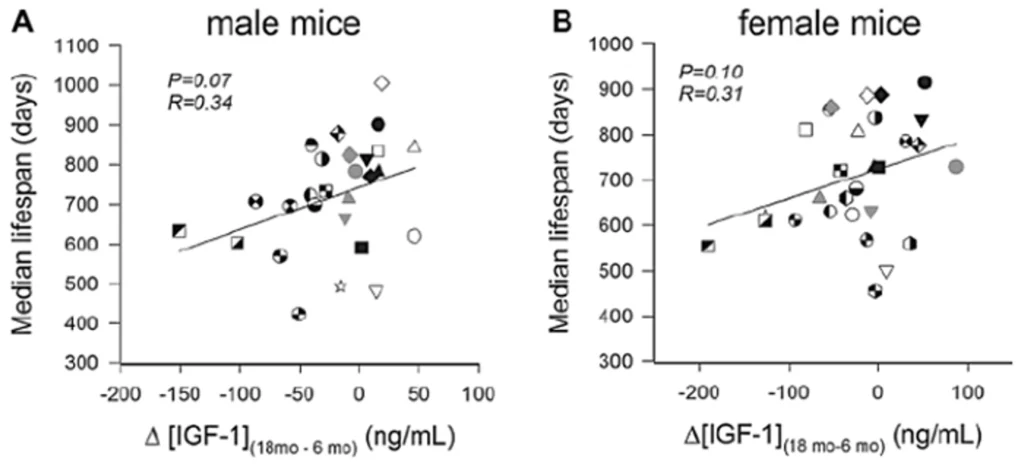
1. Promotes Cell DivisionLike IGF-1, IGF1-LR3 is a potent stimulus for cell division and proliferation. Its primary effects are on connective tissues like muscle and bone, but it also promotes cell division in liver, kidney, nerve, skin, lung, and blood tissues. IGF-1 is best thought of as a maturation hormone because it not only promotes […]
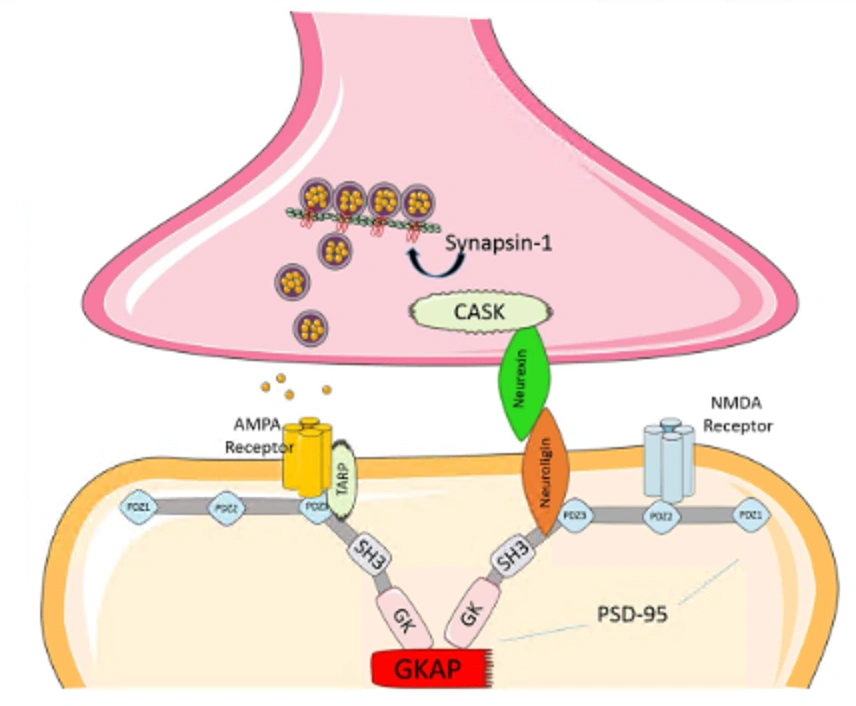
IGF-1 DES Is More Potent Than IGF-1IGF-1 DES is lacking just three amino acids from its N-terminal end, but that subtle change makes a big difference. Research shows that IGF-1 DES does not bind very well to IGF-1 binding proteins (IGFBPs) found in the blood and in various tissues throughout the body. The result is […]

Pal-GHK consists of a palmitic acid residue connected to a fragment of the elastin protein. This fragment, made of the amino acids glycine, histidine, and lysine, is sometimes referred to as GHK. GHK has been shown, in animal models, to stimulate fibroblast growth and reproduction, making if of particular interest for researchers interested in wound […]
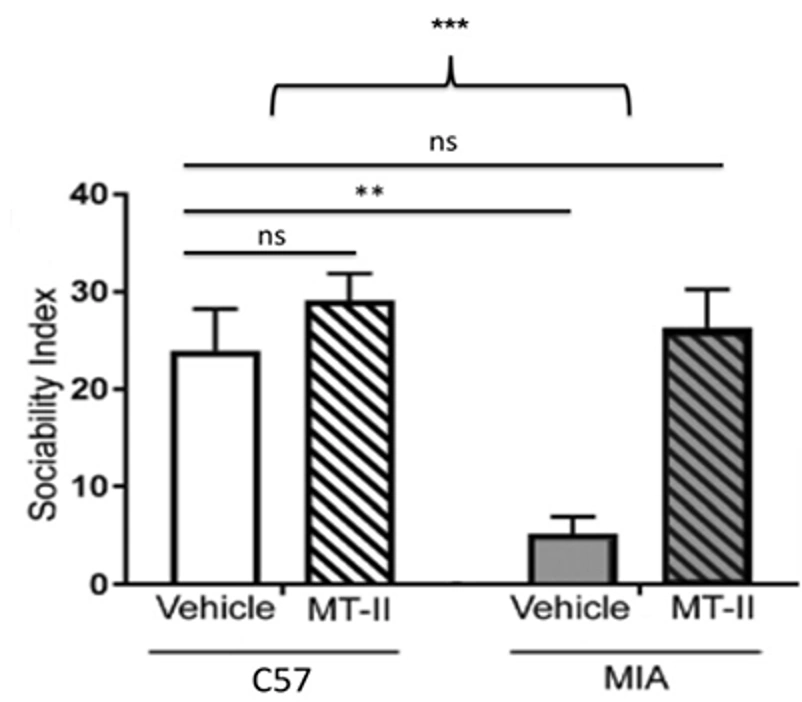
Melanotan 2 and Melanocortin SignalingMelanotan 2 produces its effects by binding with melanocortin receptors. There are five known melanocortin receptors, each with different function. MT-2 is known to bind primarily to MC-4R and MC-1R, but also binds weakly to MC-3R. MC-1R: Found on melanocytes, stimulation of MC-1R causes darkening of the skin and hair. MC-2R: […]

Melanotan 1 Originally Designed for Sunless TanningMT-1 has been studied in phase 1 clinical trials for its effect on tanning in humans exposed to ultraviolet radiation. The research showed that subjects administered MT-1 were 75% more likely to tan and 47% less likely to experience sunburn. Compared to controls, subjects given melanotan 1 required 50% […]
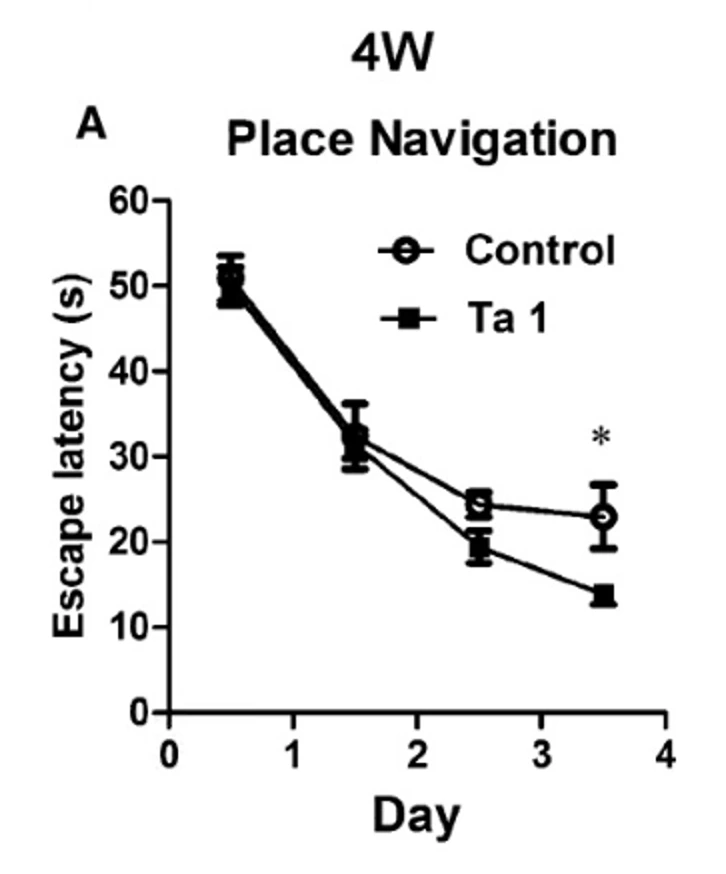
Thymosin Alpha-1 Modulates the Immune SystemThymosin alpha-1, first isolated from tissue of the thymus gland, is a potent regulator of immune function. The thymus is responsible for making T-cells and for ensuring that they mature properly. T-cells are some of the most important parts of the adaptive immune system, where they help the immune system […]
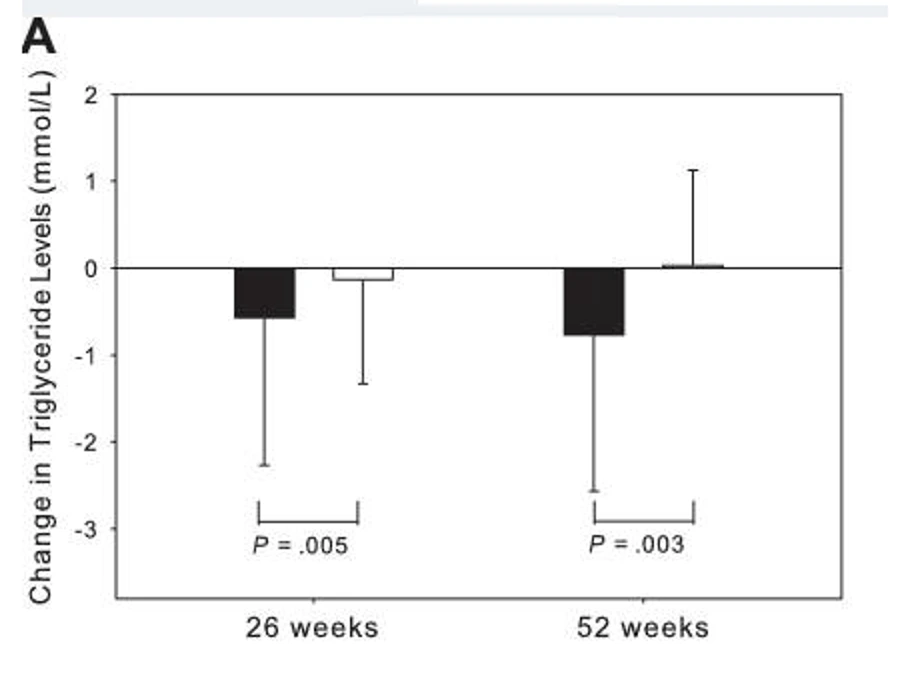
As a GHRH analogue, tesamorelin has all of the same effects as GHRH and GHRH analogues like sermorelin, GRF (1-29), CJC-1295, etc. The addition of trans-3-hexanoic acid to tesamorelin makes it more stable in human plasma and thus increases its half-life. Despite this increase in half-life, tesamorelin, like CJC-1295, preserves the physiological action of GHRH […]
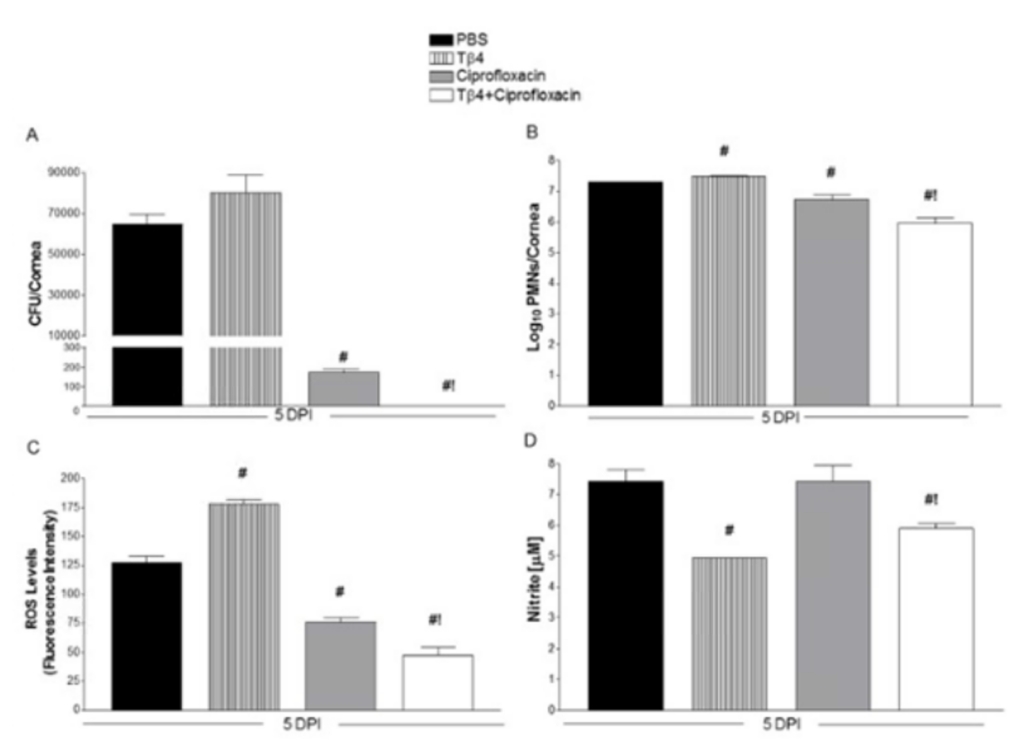
1. TB-500 and Neurologic FunctionResearch in rats has found that TB-500 encourages central and peripheral nervous system tissues to undergo repair and remodeling following injury. Though the exact mechanism has yet to be elucidated, the research indicates that TB-500 activates the cells that support neurons. These cells, called oligodendrocytes, keep neurons healthy[1]. Boosting their activity […]







